Hello Kumari
Creep is not a bad thing. Our fascial tissue are viscoelastic, which is a good thing. (To learn more about viscoelasticity, see this
primer for yoga students.) Our tissues, like any material with either lengthen under a constant load and over time (creep) or if the length (called strain) is held constant then the tissues inner stress will reduce over time. (That inner stress is the internal load. Its reduction over time is called “relaxation”.) The reason creep and relaxation occurs is because our fascia is viscoelastic, and an appropriate yoga practice (with a proper balance of stress and rest) can help maintain and increase viscoelasticity. This can help us maintain the springiness of our tendons and ligaments.
Unfortunately too much or too frequent creep can weaken our fascia. This
study looks at how fascia (in this case, the semitendinosus tendons) will creep over time and how that creep will damage the tendons with cyclically stresses. It also evaluates how relaxation also reduces with cyclical stresses. However, that is for fascia in vitro (outside the body). For fascia in an intact, living state (in vivo), normal damage created by cyclical stresses are repaired and the tissue becomes stronger, more resilient and better able to handle creep and relaxation, assuming we are not overdoing it, or not allowing enough recovery time afterwards.
So, the intention is not to eliminate creep! That comes along with being viscoelastic and we need our tissues to be viscoelastic. The issue is, once creep has set in, how quickly can we dissipate it and return the tissue to its normal state. That is when counterposes and rest are important.
I hope this answers the question but if not, again, check out the primer on viscoelasticity.
Cheers
Bernie
